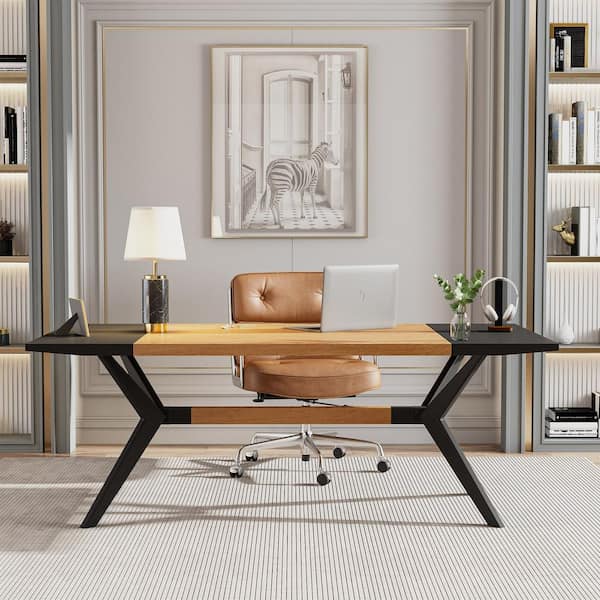Exactly how to Pick the Perfect Dining Room Table Legs for Your Home Style
Exactly how to Pick the Perfect Dining Room Table Legs for Your Home Style
Blog Article
An In-depth Take A Look At Table Leg Styles: Locating the Suitable Match
Picking the right eating table leg style is vital for both aesthetic charm and sensible performance. For those with bigger tables, trestle legs ensure strong support, whereas hairpin legs present a mid-century modern vibe with their minimal layout. The x-shaped legs blend modern design with enhanced stability.
Standard 4 Legs
Among the various kinds of eating table leg designs, the conventional four-leg style remains a timeless choice for several houses. 4 legs offer balanced assistance, making certain the table continues to be steady and capable of birthing significant weight (dining room table legs).
From a visual perspective, the traditional four-leg layout can be conveniently adapted to various indoor styles. Whether crafted from wood, steel, or a combination of materials, these legs can be delicately sculpted, sleek and minimalistic, or anything in between. Their adaptability permits them to match both rustic and modern settings effortlessly.
Furthermore, the straightforward framework of the four-leg style helps with convenience of motion and placement within an area. Unlike more facility bases, this style minimizes blockages, providing enough legroom for diners. In recap, the conventional four-leg table leg style weds withstanding elegance with functional functionality, making it a sharp choice for those looking for both kind and function in their eating furniture.
Stand Base
Frequently commemorated for its elegant and space-efficient style, the stand base is a prominent choice to the conventional four-leg arrangement in table leg designs. This distinct base usually includes a single central column sustaining the table top, which can vary in type, from ornately sculpted wood to smooth, modern-day steel. One of the main benefits of the pedestal base is its capacity to make best use of legroom and seating versatility. Without corner legs, restaurants are paid for better liberty of activity, making it an optimal selection for round and oval tables that promote even more intimate and inclusive events.
Furthermore, the pedestal base's central support can deal with considerable weight, enabling using much heavier table tops, such as marble or thick wood. This toughness paired with its visual convenience makes the stand base a preferred option in both standard and contemporary interior settings. It can effortlessly incorporate with different style styles, from classic beauty to minimalist modernity. Furthermore, the central column itself offers a canvas for intricate layouts and imaginative expressions, including an aspect of visual interest under the table. In summary, the pedestal base combines functionality with design, making it a fine-tuned and useful option for varied dining environments.
Trestle Legs
Trestle legs give a durable and timeless structure for dining tables, defined by their horizontal cross-bracing and strong support beam of lights. Originating from middle ages times, this design has evolved yet maintained its important framework, making it a perennial fave in both traditional and modern click site setups. The central trestle light beam, frequently sustained by two or even more upright messages, uses extraordinary security, allowing for larger table sizes without the need for extra legs.
A substantial advantage of trestle leg tables is the adequate legroom they offer. Unlike tables with four corner legs, the lack of obstructions at the table's edges supplies unblocked space for chairs and diners, improving convenience and ease of access. This makes trestle tables excellent for accommodating bigger celebrations, whether in a dining room or a reception hall.
The aesthetic versatility of trestle legs is significant. Available description in a range of products such as timber, steel, and composite, they can be finished to complement a broad variety of indoor designs. From rustic farmhouse to streamlined modern designs, trestle legs can be customized to fit private preferences. Their long-lasting charm and useful advantages make trestle legs an engaging selection for those looking for both design and usefulness in their table.
Hairpin Legs

The appeal of hairpin legs hinges on their simpleness and flexibility - dining room table legs. Offered in a variety of materials, including steel and brass, they can be ended up in numerous colors to match various indoor designs. Whether matched with a rustic wooden table top or a modern glass surface area, hairpin legs effortlessly blend performance with a touch of classic beauty
Resilience is one more significant attribute of barrette legs. Despite their delicate appearance, these legs are engineered to bear considerable weight, making sure the eating table continues to be secure and secure. Additionally, they are fairly very easy to mount, making them a preferred choice for do it yourself enthusiasts and expert furniture makers alike.
X-Shaped Legs

Built from products such as steel, wood, or a combination of both, X-shaped legs can be customized to match different style preferences. Steel legs typically lend a smooth and industrial feel, ideal for loft-style apartment or condos and modern eating rooms. On the other hand, wooden X-shaped legs use a warmer, much more rustic appeal, ideal for farmhouse or diverse insides. The flexibility in products allows property owners to tailor their table to much better fit their total layout plan.
In addition, the design behind X-shaped legs ensures also weight circulation, lessening the danger of tottering and boosting durability. This makes them especially well-suited for larger eating tables that call for extra assistance. In significance, X-shaped legs blend useful engineering with contemporary aesthetics, making them a timeless choice for varied eating environments.
Conclusion
An extensive understanding of dining table leg styles reveals the distinctive features and benefits of each design. Trestle legs ensure robust assistance for bigger tables, and barrette legs present a mid-century contemporary visual.
Report this page